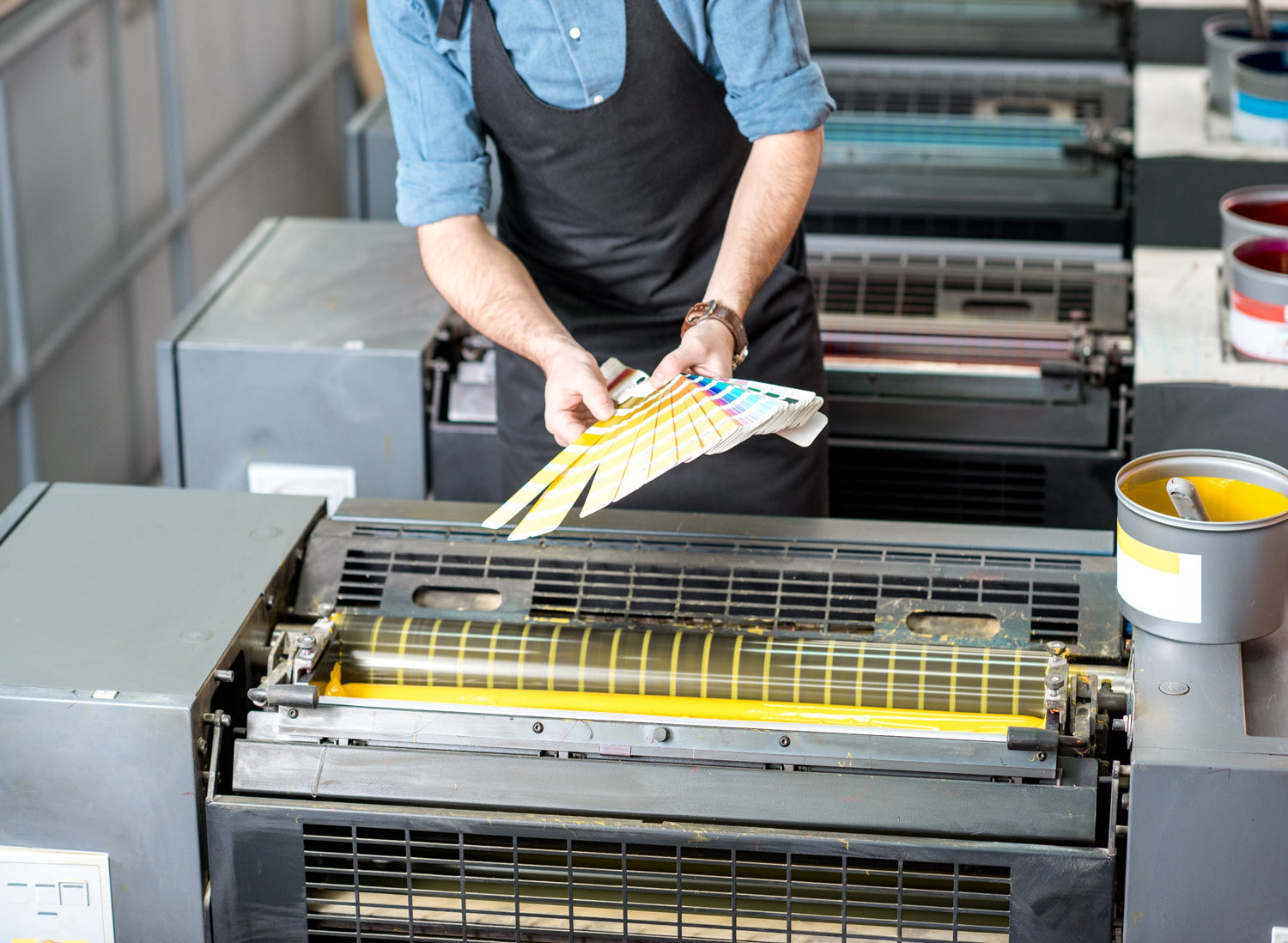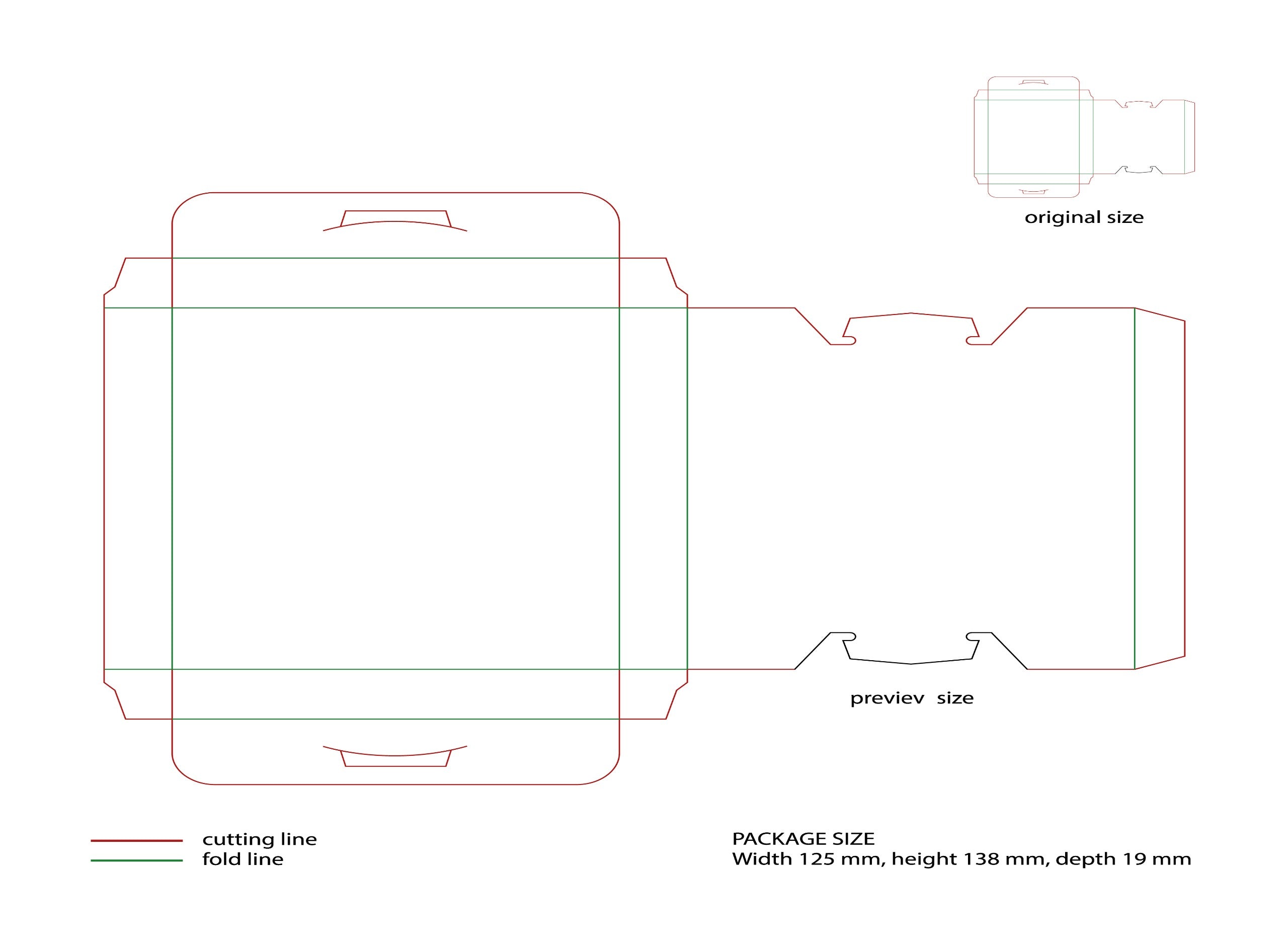Within the bustling world of branding, ensuring the consistency and accuracy of color across various media is paramount. Pantone’s color printing solutions are at the forefront, providing designers and business leaders with peerless consistency and accuracy. We’ll explore the core of Pantone’s palette, distinguishing it from its CMYK counterparts, and guiding you through the process of selecting the perfect Pantone color for your print project.
What is Pantone and Why Should You Use It for Your Print Designs?
The Essence of the Pantone Matching System
At the heart of color standardization in the printing industry lies the Pantone Matching System (PMS), a comprehensive color-matching framework that includes over a thousand different shades. Every hue carries a distinct identifier, allowing designers worldwide to secure precise color reproduction in their print work, irrespective of geographic location or printing equipment. This system encompasses a broad spectrum of colors, from unique metallic to vibrant fluorescent varieties, offering unmatched flexibility and accuracy compared to alternative color systems.
The Significance of Pantone in Printing
Pantone colors are essential for attaining uniform and accurate color alignment in design projects. Unlike the CMYK method that melds cyan, magenta, yellow, and black to formulate a spectrum of hues, Pantone colors are prepared in advance, assuring a consistent visual effect upon each use. This reliability makes Pantone the favored system among designers who demand premium, bright, and uniform branding materials.
Difference Between Pantone Color and CMYK Colors
The key difference between Pantone and CMYK hues is their precision and uniformity. Pantone’s pre-mixed colors deliver a defined and consistent result, positioning it as the top selection for designers seeking flawless execution in their printing projects. CMYK, though adaptable across an extensive color spectrum, frequently leads to noticeable discrepancies between the digital design and the physical print.
When to Choose Pantone Over CMYK
Pantone’s single-print method, although potentially costlier and time-consuming due to the need for individual color processing, offers unparalleled quality and consistency. It is particularly well-suited for projects with simple color schemes or those requiring specific shades that CMYK cannot accurately reproduce. Conversely, CMYK is more appropriate for prints requiring a wide variety of colors and detailed imagery.
How to Choose The Right Pantone Color For Your Print Project
Update Your Pantone Books Regularly
Keeping an updated collection of Pantone books is crucial for navigating the Pantone color spectrum. These guides provide a tangible reference for how colors appear on various materials, aiding in the selection process. With colors subject to fading and new collections introduced regularly, an up-to-date Pantone book ensures you’re not only accurate but also on trend.
Consider Your Print Materials
Pantone hues may appear differently based on the substrate used. Hence, it’s crucial to choose the right Pantone color reference to ensure the expected results. Being familiar with the characteristics of your selected substrate helps in making a well-grounded choice.
Understand Your Print Shop’s Capabilities
Ahead of beginning your design journey, familiarizing yourself with your chosen print shop’s capabilities is imperative. Favoring a Pantone spot color over a CMYK equivalent can markedly enhance the color accuracy in your design, achieving a result that is much closer to what you envisioned.
Conclusion
Picking the right Pantone hue for your printing necessities is a strategic decision to make sure that your brand’s visual identity is portrayed with precision and consistency. Grasping the basics of Pantone colors, updating your resources regularly, and taking into account the specific characteristics of your printing materials enables you to make choices that enhance your brand and engage your target audience. In the ever-evolving world of design and printing, mastering the use of Pantone colors is an essential skill for those dedicated to superior branding and visual messaging.














Leave a comment
All comments are moderated before being published.
This site is protected by reCAPTCHA and the Google Privacy Policy and Terms of Service apply.